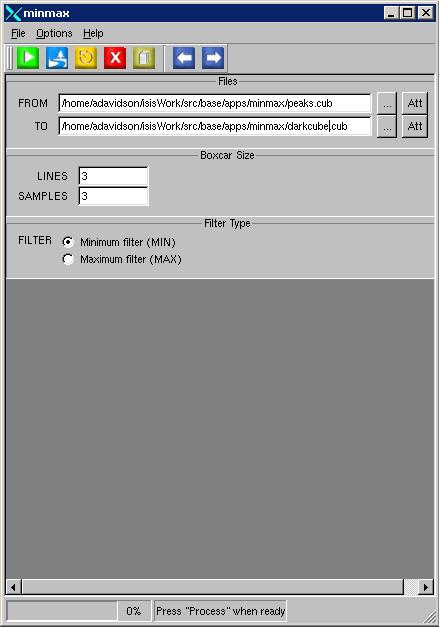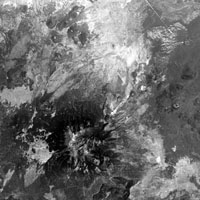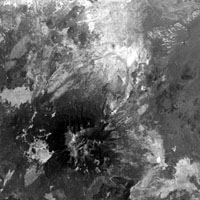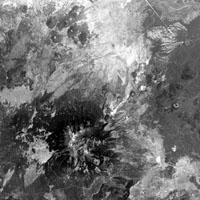minmax
Apply a minimum or maximum filter to a cube
This program will apply a minimum or maximum filter to a cube.
Using the "max" option, the pixel with the highest DN in the NxM size boxcar will be
output. Using the "min" option, the pixel with the lowest DN in the NxM boxcar
will be output. With either option, more extreme DNs will be more
noticeable in the output image.
The boxcar will be N samples long by M lines high. Assuming a 3 x 3 boxcar
V1 V2 V3
V4 V5 V6
V7 V8 V9
the program will first substitute an extremely high or low internal value for ISIS.
This essentially zeroes out the process in such a way that one of the values in the
current boxcar will be supplied as the output pixel, instead of an output pixel from
a previous boxcar. Assume that the MAX option is being used on the model boxcar shown
above.This value is then compared to the first pixel in the boxcar. This would be
the value substituted for "V1". If V1 is greater than the internal value (this will
be the case unless V1 is a special pixel) then the new output pixel will tenatively
be set to V1. V1 is then compared to V2, and the greater pixel is again set to the
temporary maximum. This process continues until the temporary maximum is compared to
all of the values in the boxcar, at which point it is set as the output value.
Categories
History
| Drew Davidson | 2004-07-23 | Original version |
| Drew Davidson | 2004-07-26 | Added application test |
| Drew Davidson | 2004-08-16 | Added examples |







